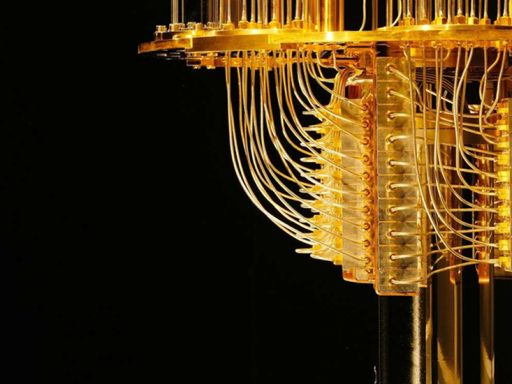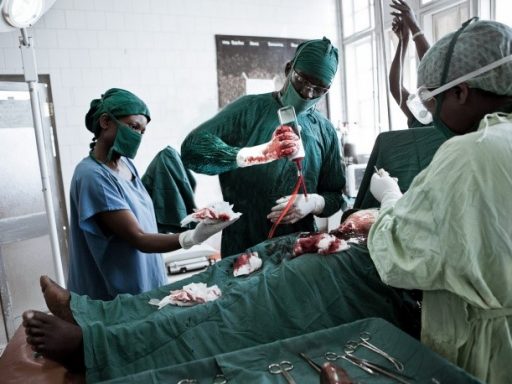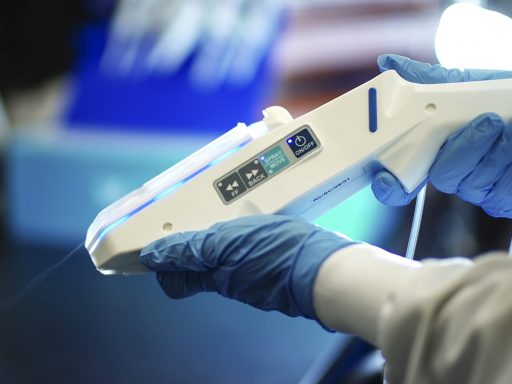
As a Dyson prize winning wind turbine goes on display in our Tomorrow’s World gallery, Margaret Campbell discovers how it could be used in built up cities and whether it could help lessen a city’s carbon footprint.

As a Dyson prize winning wind turbine goes on display in our Tomorrow’s World gallery, Margaret Campbell discovers how it could be used in built up cities and whether it could help lessen a city’s carbon footprint.

This week, the kilogram will be redefined. But what does this mean for scientists and engineers, and for those of us beyond the science lab? Dr Jane Desborough, Curator of Scientific Instruments, explains more.

Guest author Chris Warrick discusses the developments in Nuclear Fusion research, and how we’re closer to creating clean energy than ever before thanks to devices called tokamaks.

Roger Highfield presents your guide to Quantum Computing.

Contemporary Science Volunteer Thea Waxman explores Bloop, a simple, low-cost medical development used to recycle patients’ blood.

Dr. Sebastian Weidt explores a new TW live event at the Science Museum.

Contemporary Science Volunteer Giulia Delprato talks about the latest development in burns treatment, SkinGun.

Dr Roger Highfield explains how when we fall asleep, we celebrate the way that most life on our planet is adapted to the rotation of the Earth, and the daily rise and fall of the Sun in the sky.

Science Museum Director of External Affairs Roger Highfield explores tonight’s Space themed Science Museum Lates, where the BBC will be launching a new live interactive show.

Discover the story behind one of the latest developments in space exploration: the AstroRad Radiation Shield.
Introducing the underwater avalanche detecting Smart Boulder

Introducing ‘Tomorrow’s World’, reimagined for the 21st century